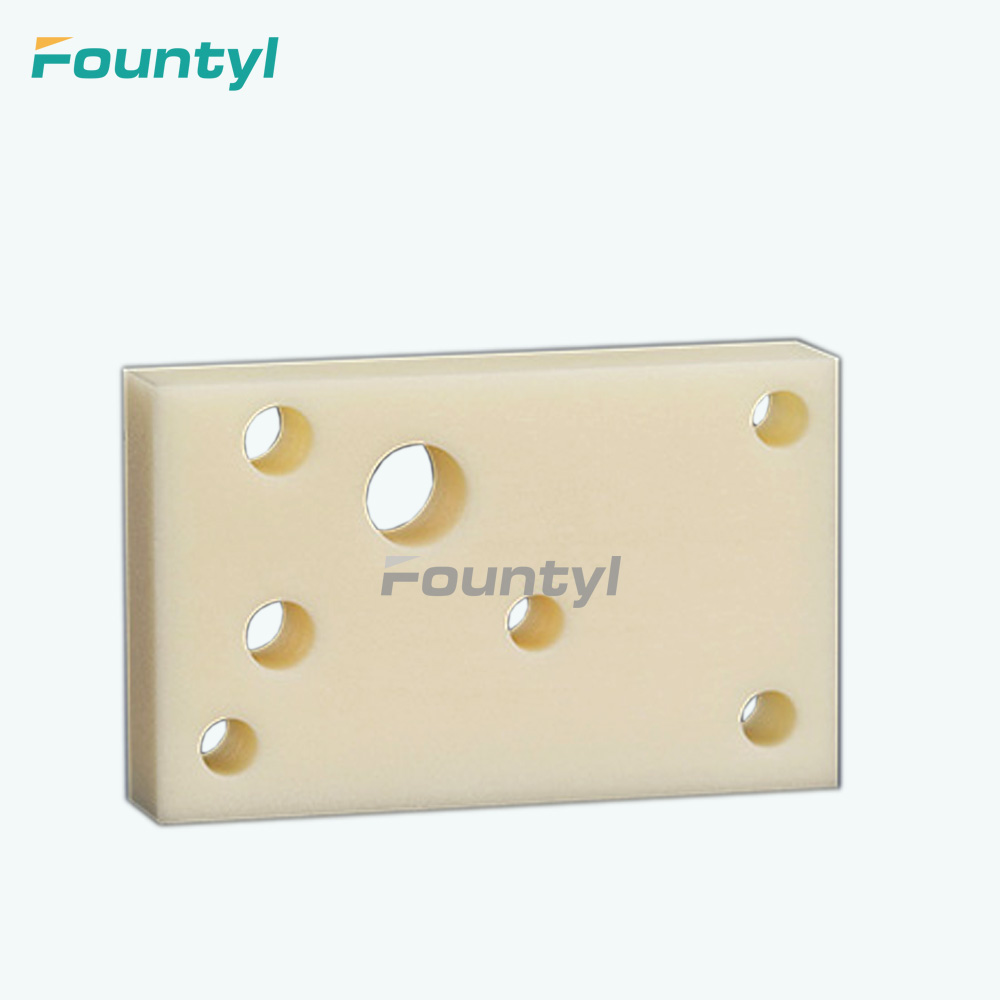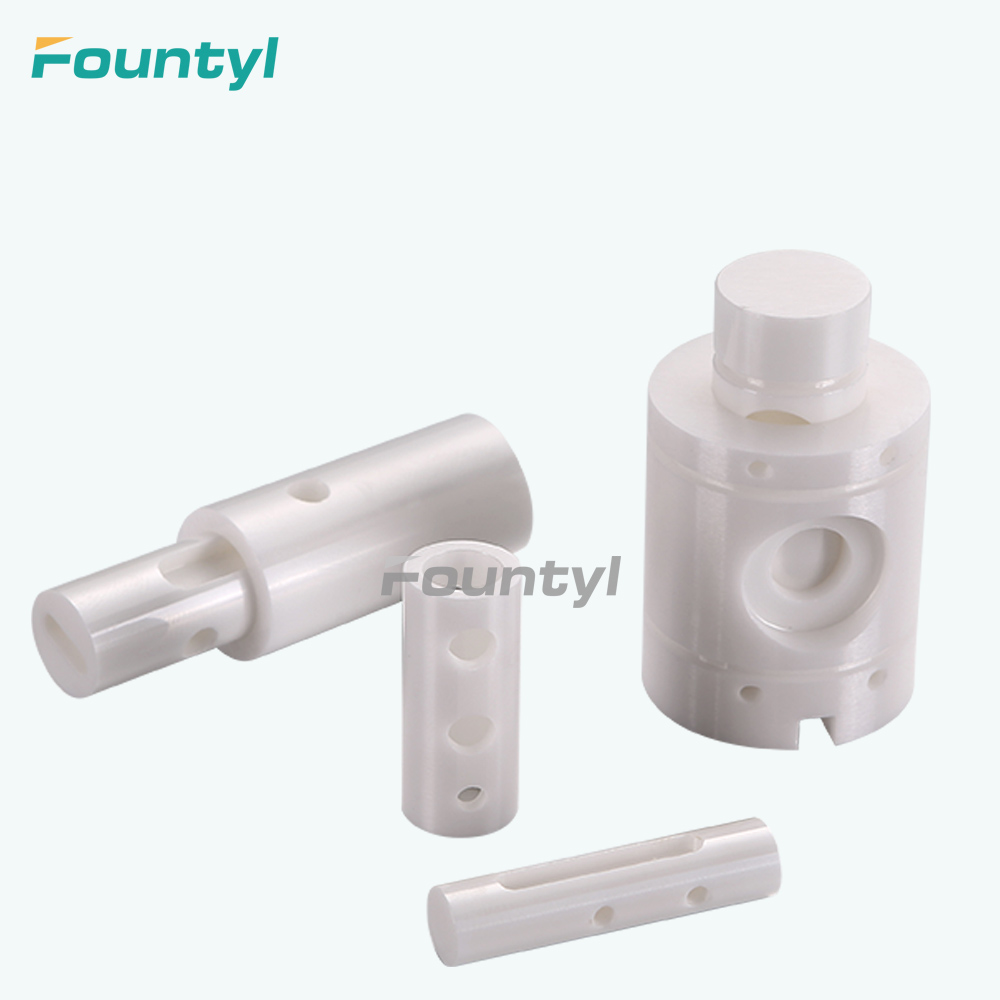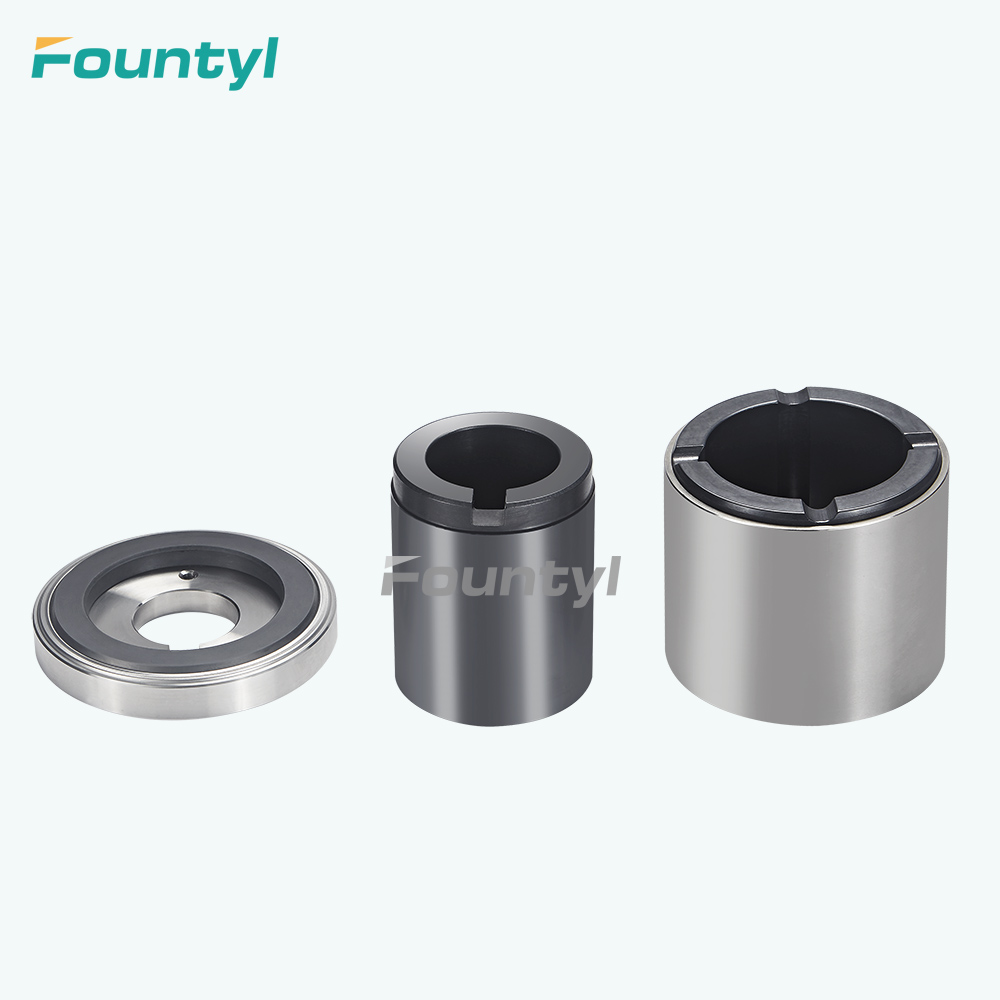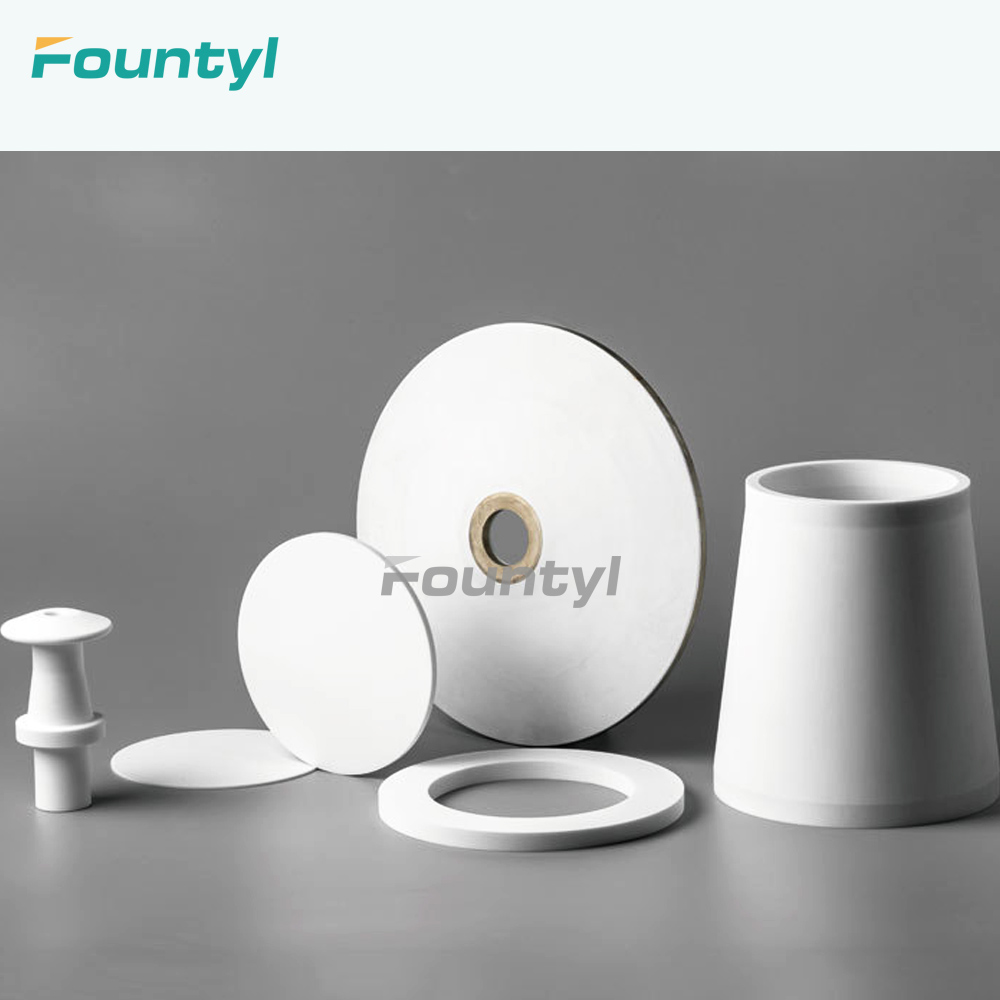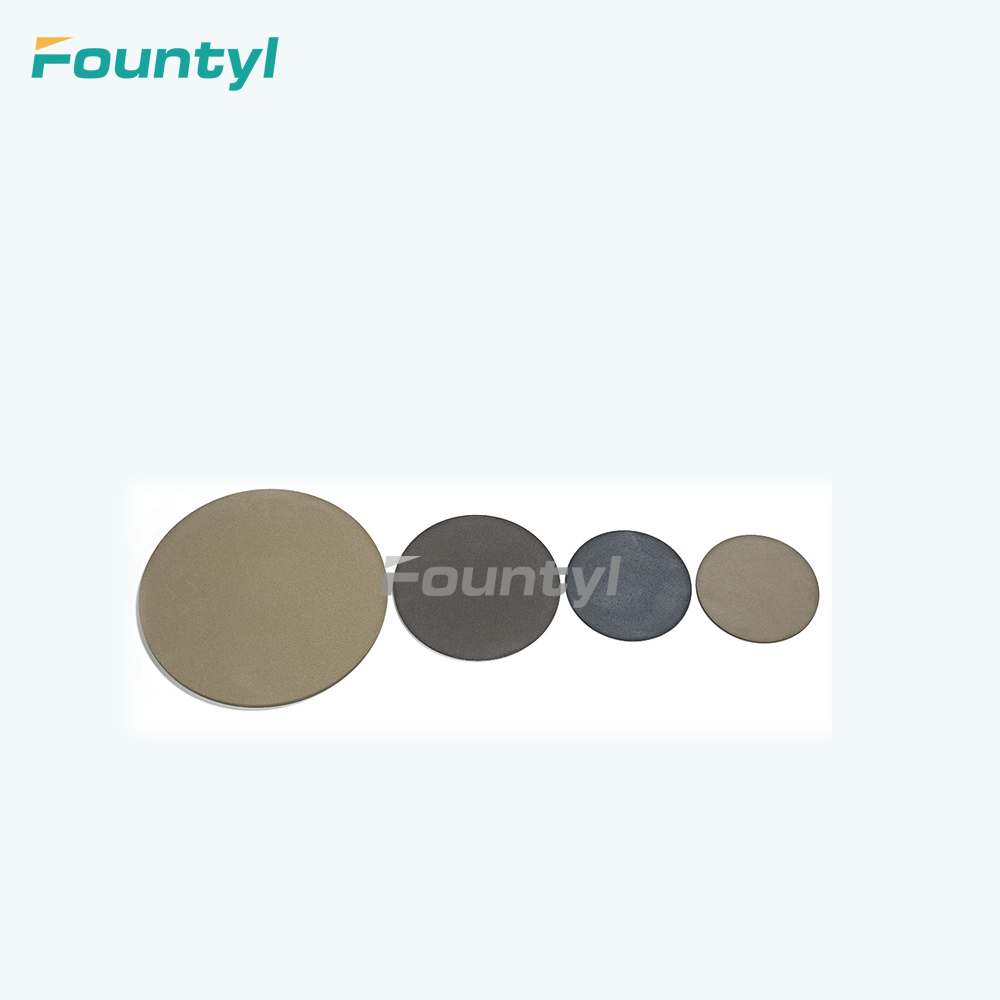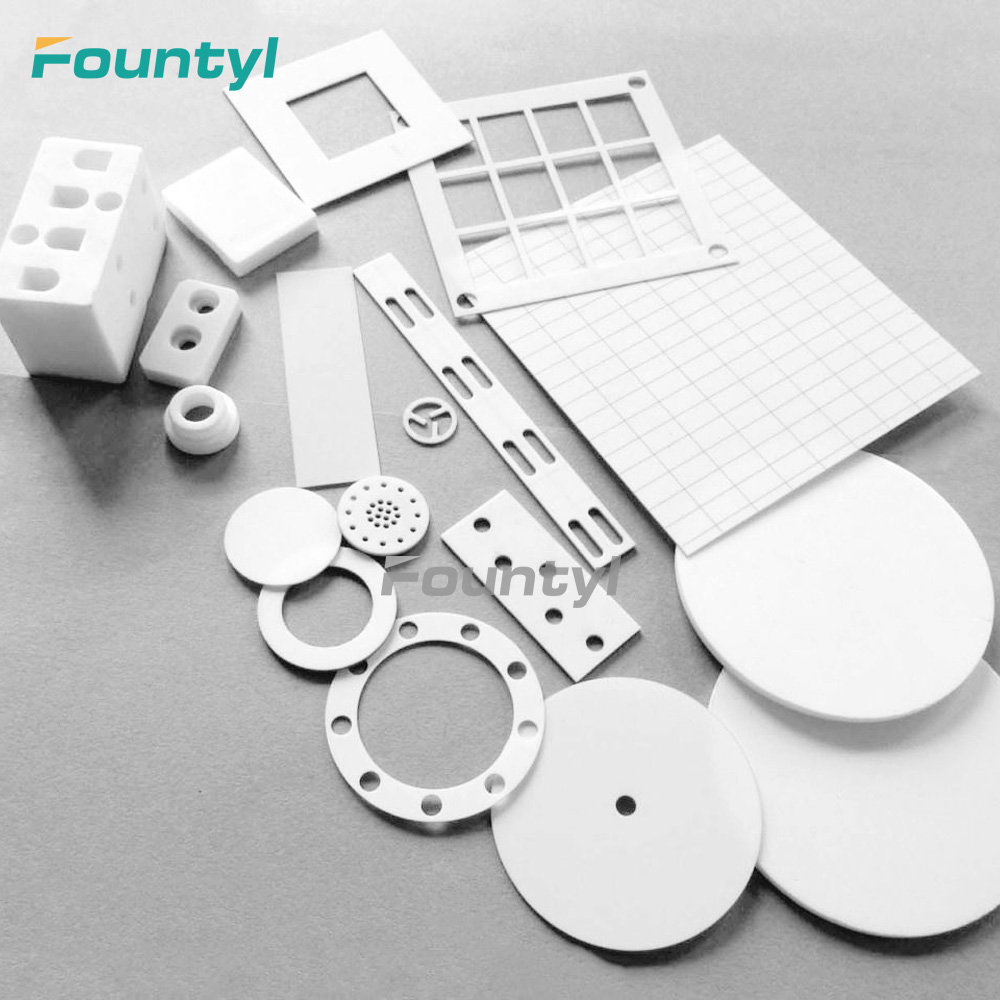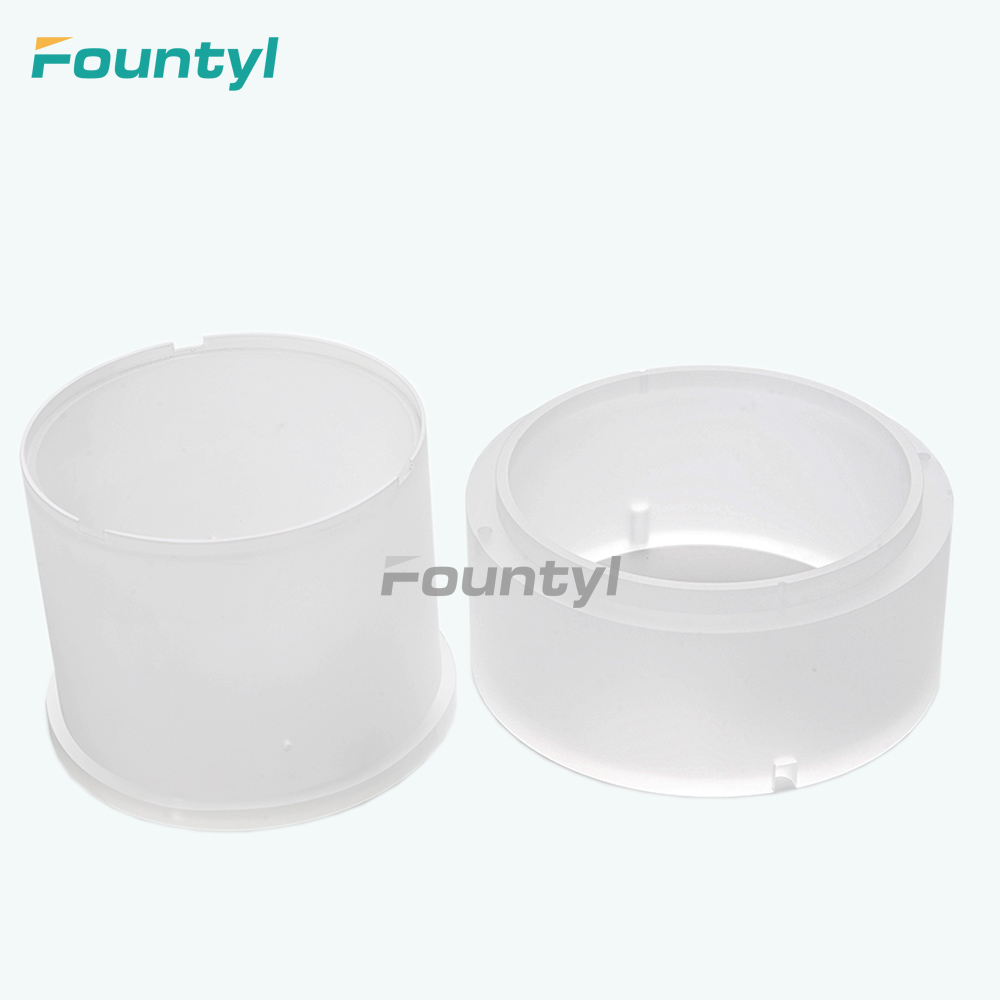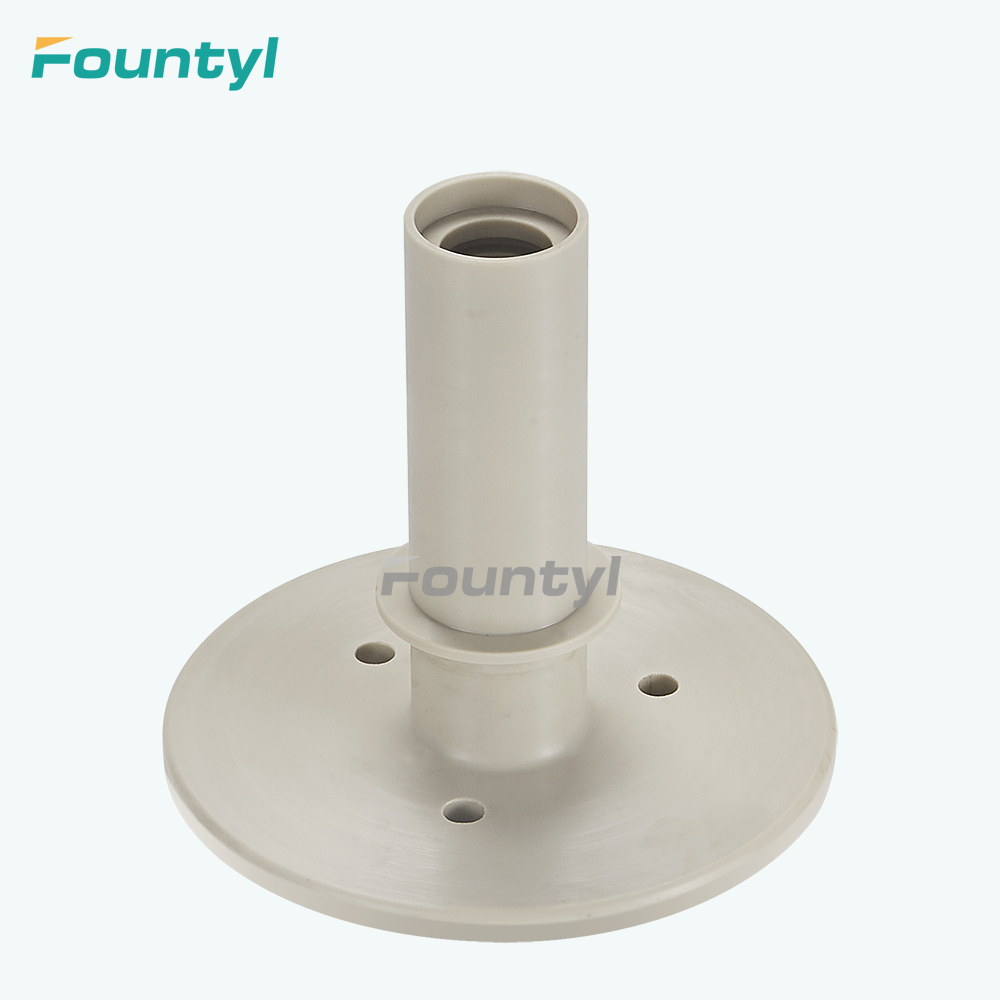Zirconia used for wear resistant parts, heat resistant parts
Zirconia ceramics are the most powerful materials in oxide ceramics. With excellent impact strength, high wear and corrosion resistance, and low thermal conductivity, it has been used in a wide variety of applications, and continuous and permanent optimization ensures that the material always meets current requirements.
Shortcomings, such as brittleness, are also eliminated on an ongoing basis. In high-performance ceramics aspect, the high-tech material- zirconia ceramics has set entirely new standards and priorities.this means that designers have a material to work with that allows positive properties to come out even when using a floral filament structure. In addition, the ceramic has a good handfeel, good biocompatibility, and high corrosion resistance and durability. designers also appreciate its beautiful appearance.
Application Of Zirconia Ceramics
Medical industry: Zirconia is widely used in medicine, especially in
the dental industry for implants, dentures and dental restorations.
Electronics industry: Zirconia is used in the electronics industry to
produce insulators, substrates and electronic components.
Aerospace: Zirconia is used in the aerospace industry for engine
components and insulation due to its high temperature resistance and low thermal conductivity.
Semiconductor industry: In the semiconductor industry, zirconia is used
in the production of insulating layers, capacitors and gate dielectrics.
Chemical industry: Due to its high chemical resistance, zirconia is
used in the chemical industry to produce anti-corrosion coatings, reaction vessels and chemical containers.
Mechanical Engineering: Zirconia is used in mechanical engineering for
components with high wear resistance and durability, such as bearings, seals and guide elements.
Jewelry industry: Due to its aesthetic properties and hardness,
zirconia is used in the jewelry industry, such as rings, pendants and earrings.
Ceramic industry: Zirconia is used as an additive in the ceramic
industry to improve the strength and durability of ceramic materials.
Power generation: In power generation, zirconia is used in
high-temperature applications such as gas turbines and fuel cells.
Automotive Industry: Zirconia is used in high-performance components in
the automotive industry, such as ball bearings, seals and high-temperature components.
Food industry: In the food industry, zirconia is used in the
manufacture of tools, grinders and other components that require high wear resistance and durability.
Aerospace Industry: Zirconia is used in the aerospace industry to
manufacture high-temperature resistant, low-weight and high-strength components such as engines and structural
components.
| ZrO2 | |||||
| Color | White | ||||
| Main Content Percentage | 95%ZrO2 | ||||
| Main Characteristics | High Mechanical Strength Good Wear and Heat Resistance. | ||||
| Main Applications | Wear and Heat Resistant Parts. | ||||
| Density | g/cc | ASTM-C20 | 6.02 | ||
| Water Absorption | % | ASTM-C373 | 0 | ||
| Mechanical Characteristics | Vickers Hardness(Load 500g) | GPa | ASTM C1327-03 | 13.0 | |
| Flexural Strength | Mpa | ASTM C1161-02c | 1250 | ||
| Compressive Strength | Mpa | ASTM C773 | 3000 | ||
| Young's Modulus of Elasticity | GPa | ASTM C1198-01 | 210 | ||
| Poisson's Ratio | - | ASTM C1198-01 | 0.31 | ||
| Fracture Toughness | MPa.m1/2 | ASTM C1421-01b (Kevron notched beam) | 6~7 | ||
| Thermal Characteristics | Coefficient of Linear Thermal Expansion | 40~400℃ | ×10-6/℃ | ASTM C372-94 | 10.0 |
| Thermal Conductivity | 20℃ | W/(m.k) | ASTM C408-88 | 22 | |
| Specific Heat | J/(Kg.K)×103 | ASTM E1269 | 0.46 | ||
| Chemical Characteristics | Nitric Acid(60%) | 90℃ | WT Loss(mg/cm2/day) | - | 0 |
| Sulphuric Acid(95%) | 95℃ | - | <0.04 | ||
| Caustic Soda(30%) | 80℃ | - | <0.08 | ||



